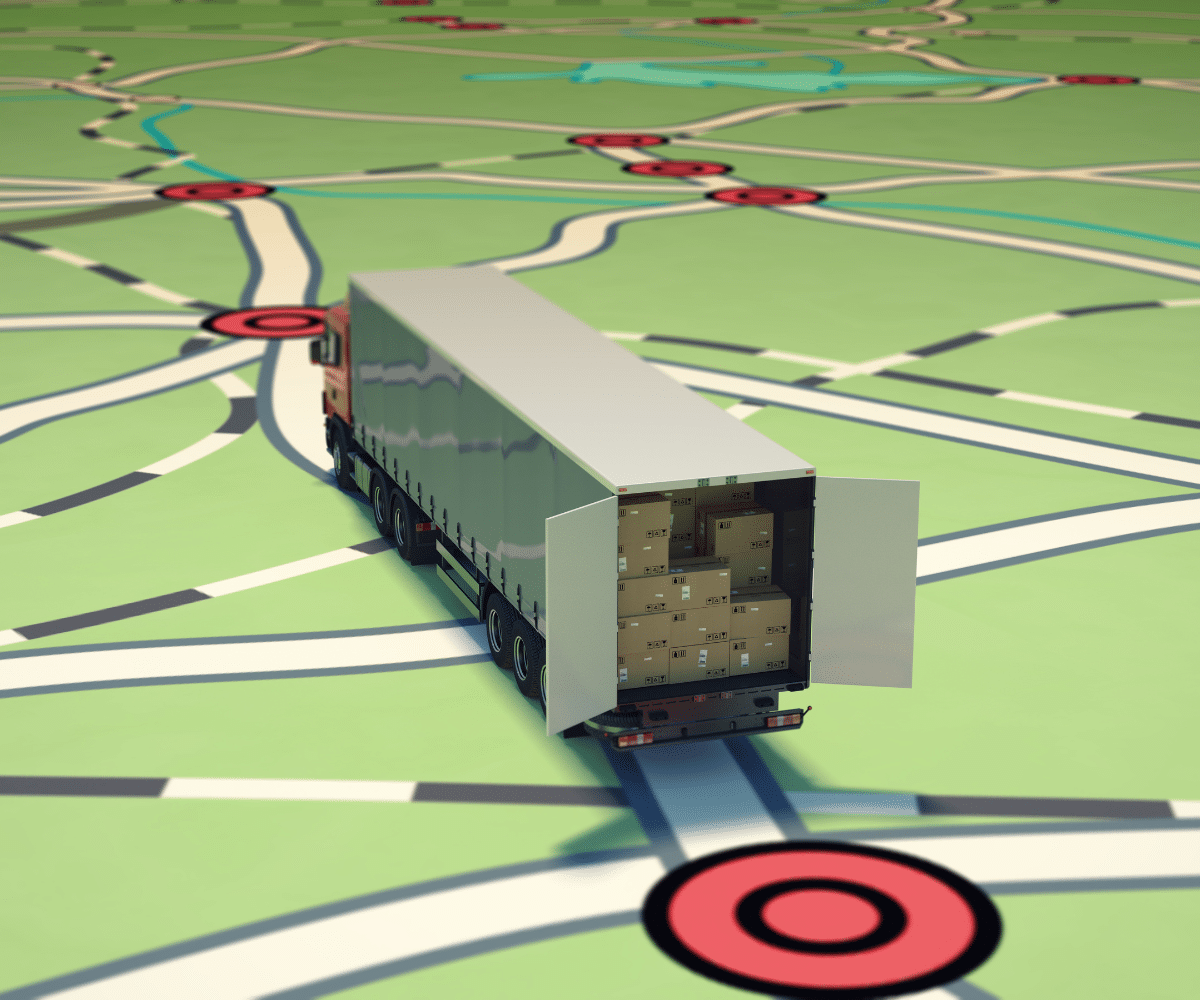
Short Haul vs Long Haul in Trucking
The two classifications of length of haul are short-haul trucking and long-haul trucking. While both may involve shipping the same goods, using the same trailers, and operating within the same regions, there are significant differences between the two. To gain a better understanding of the length of haul, there are a few categories to consider. The primary difference is the distance, but equipment, routes, and driver lifestyle will also differ.
What is Short Haul Trucking?
A typical short haul load will, on average, range from about 150 miles to 250 miles. Normally these are considered more ‘local’ or even ‘regional’ routes and will include deliveries between neighboring cities and areas near to their original loading point.
What is Long Haul Trucking?
A long-haul load is anything over 250 miles. These loads involve transporting goods over greater distances, often across state lines or even countries. Loads that fall into this category will often be referred to as Over the Road trucking, as they can keep a driver out on the road for several days or weeks at a time.
Differences in Equipment
Short haul trucks, while still capable of being classified as an A or B class vehicle, are often lighter and made more maneuverable to navigate tighter urban areas, and stop more frequently. These vehicles, often straight trucks or cabs hauling smaller trailers, prioritize fuel efficiency and accessibility.
Long-haul trucks are designed for extended trips and heavier hauls. Normally referred to as sleeper cabs, these trucks come with amenities a driver will need to stay comfortable on the road for days, or weeks, at a time.


Differences in Routes
A shorter length of haul will often run in a pre-determined radius from their origin. Typically, these loads may entail multiple deliveries throughout the day to various customers, and require navigating through densely populated urban centers.
Long-haul routes can cover immense distances, often utilizing highways and interstates and crossing states lines. These routes are generally straightforward with a singular delivery point, with drivers spending long stretches of time on major highways.
Differences in Driver Lifestyle
Drivers who choose to do short haul driving will be home much more frequently than long haul drivers. Depending on the exact position, this could be every night, every few nights, or every weekend. However, since short haul driving requires more maneuvering through city roads and around traffic, prior experience is usually required. The pay is also less on average when compared to long haul positions.
Long haul drivers are out for longer stretches of time, usually over a week. This means a lot less time at home and more time spent in the truck. They eat, sleep, and relax in the cab, which is quite the adjustment for those new to truck driving. Of course, these positions are easier to get with no experience, and the pay tends to be higher since drivers cover more distance.
The average length of haul, the number of reported monthly miles then divided by the number of reported loads during the same interval, can vary greatly between the two, both are incredibly important factors in the trucking industry. Ultimately, the choice between short haul and long-haul trucking depends on the freight being shipped, but there is always a demand for both options.
